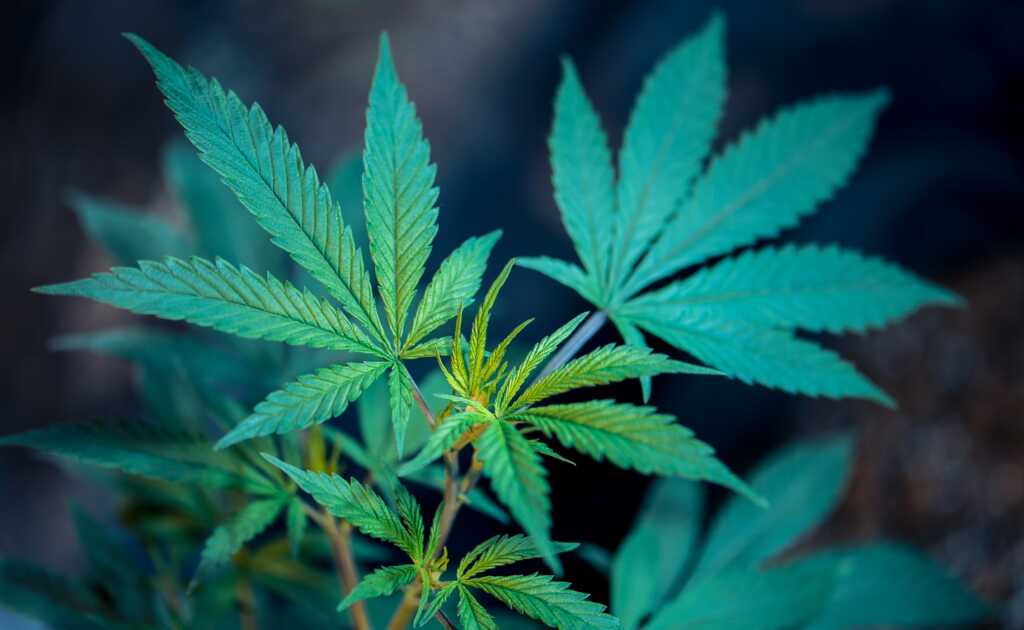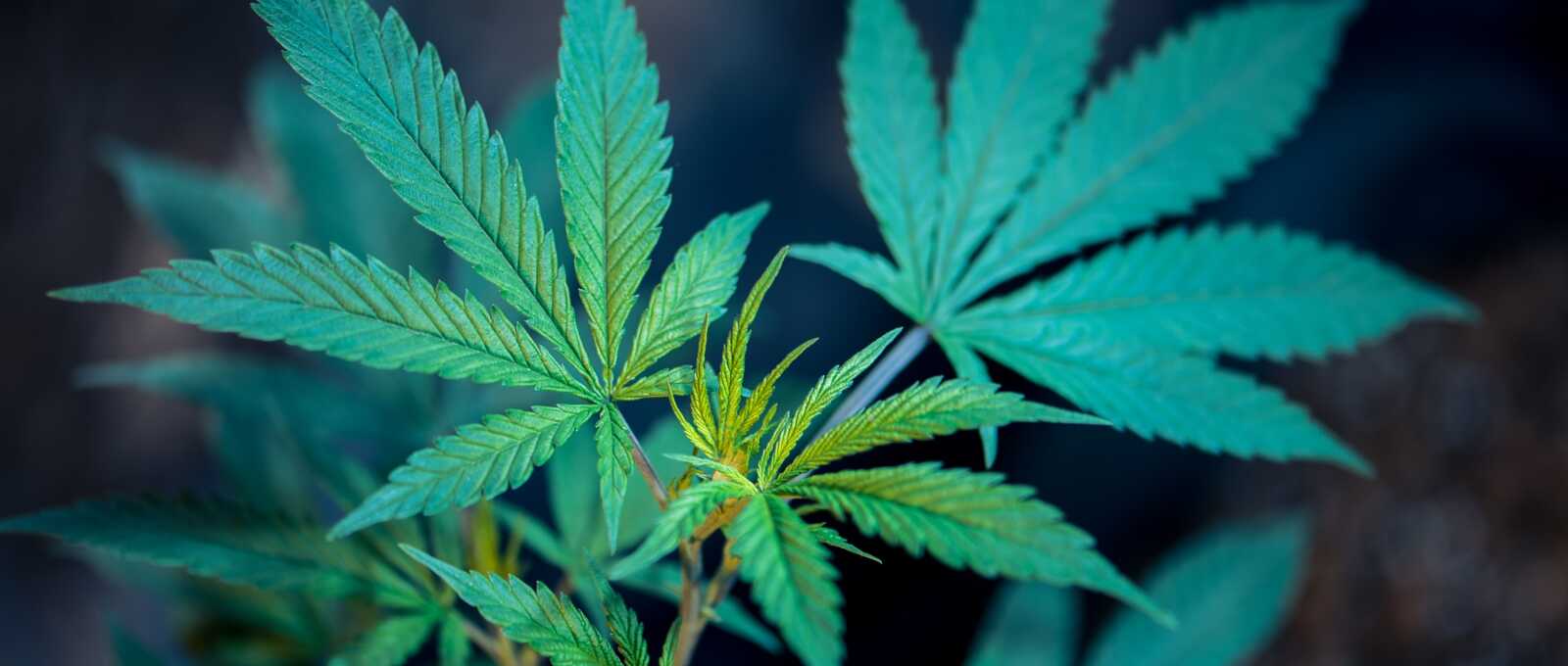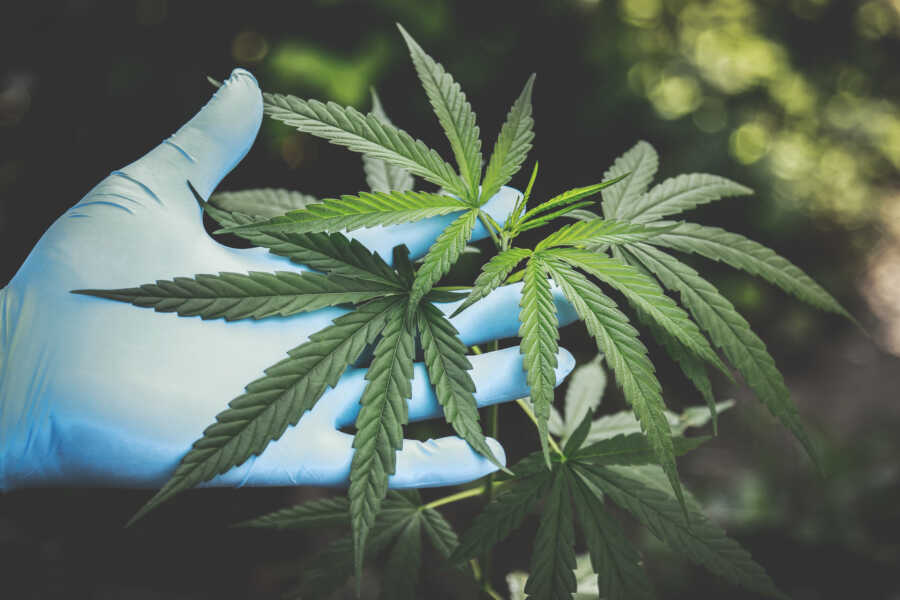A Brief History and What We Know So Far
Cannabis has been used by humans for centuries but the scientific understanding of how it works has only been unveiled in recent decades[1]. In the late 1980’s, researchers found the first cannabinoid receptor in our body[1]. As it turns out, this receptor was one of many that comprised a unique communication network that we now know as the endocannabinoid system.
Endocannabinoids are naturally produced in the body
To this day, scientists are still trying to fully understand this complex system and ways it regulates our bodies. What we know this far, is that it plays a role in supporting functions such as[2][3]:
- memory
- digestion
- motor function
- immune response
- pain (click here to ready about the use of cannabis for migraines)
However, researchers believe there are many more roles the endocannabinoid system plays that are yet to be revealed[1]. In this article, we will explore the role of the endocannabinoid system and how it works to maintain stability and balance within the body by answering these questions:
- How Does The Endocannabinoid System Work?
- What Is The Role of the Endocannabinoid System?
- How Does Cannabis Interact With the Endocannabinoid System?
- What is Clinical Endocannabinoid Deficiency?

How Does The Endocannabinoid System Work?
The endocannabinoid system involves 3 main components:
- Cannabinoid Receptors[4]
Cannabinoid receptors are present on the surfaces of cells all over the body. There are two main receptors:
– CB1: these receptors are mostly concentrated in our central nervous system (i.e: the brain)
– CB2: these receptors are mostly concentrated within our immune system.
(note: receptors are cells on the body that create a response when they bind to a specific molecule, in this case they would be be endocannabinoids) - Endocannabinoids
Endocannabinoids are small compounds that bind and trigger a response when they contact a cannabinoid receptors[1]. These compounds are similar to cannabinoids, but rather they are produced by our body. The two main endocannabinoids are:
– anandamide
– 2-AG
These two endocannabinoids are synthesized on-demand[5] - Enzymes
Enzymes break down endocannabinoids after they are used to regulate endocannabinoid levels in the body. This helps ensure that endocannabinoids are only present when necessary[1][5]. The two main enzymes responsible for this are:
– fatty acid amide hydrolase (FAAH): which breaks down both anandamide and 2-AG
– monoacylglycerol acid lipase (MAGL): which mainly breaks down 2-AG
Natural endocannabinoids fit into endocannabinoid receptors like a key in a lock, allowing your body to carry messages from cell to cell[5].
What is the Role of the Endocannabinoid System?
The main role of the endocannabinoid system is to maintain stability within the body[6]. The system is only activated when there are changes in our body. For example, if an illness offsets your body’s normal function, your endocannabinoid system steps in to restore balance.

How Does Cannabis Interact With the Endocannabinoid System?
Cannabinoids, such as THC and CBD, can interact with the endocannabinoid system in different ways[1]. THC and CBD are the most common cannabinoids derived from the cannabis plant.
THC mainly activates the CB1 receptor, but it can also interact with CB2 receptors[1]. THC can either inhibit or stimulate the endocannabinoid system, which produces complex effects. As a result, some feelings can be more desirable than others[1]. This explains why some individuals may experience paranoia or anxiety when they consume THC, while others may experience a pleasant and relaxing effect.
On the other hand, CBD has a weak attraction to CB1 and CB2 receptors[1]. Researchers are still investigating the effects of CBD, however, it is thought to work by preventing enzymes from degrading endocannabinoids[1].
What is Clinical Endocannabinoid Deficiency?
The theory of Clinical Endocannabinoid Deficiency (CED) is that common illnesses are a result of insufficient endocannabinoid levels in our body[7]. Underlying CED has been associated with conditions such as irritable bowel disease, migraines and fibromyalgia[7]. According to this theory, these conditions may suitably be treated with cannabinoids, such as THC[8]. More research needs to be conducted to confirm these findings.
Bottom Line
The endocannabinoid system is naturally occurring system within our bodies. It is involved in a wide variety of processes and plays an important role in establishing balance. Presently, many aspects of the system remain unknown. Further research needs to be conducted to gain a better understanding of the system, as it could eventually be an important treatment target for many health conditions.
Authors:
Saara Manji BSc. Pharm Candidate
Faculty of Pharmacy
University of Waterloo
Edited and Reviewed by:
Dr. Rahim Dhalla, PharmD
Ownder and Founder of Hybrid Pharmacy
https://hybridpharm.com/
References:
1. Backes, M. 2017. Cannabis pharmacy: The Practical Guide to Medical Marijuana. Black Dog and Leventhal Publishers.
2. Alger BE. Getting High on the Endocannabinoid System. Cerebrum Dana Forum Brain Sci. 2013;2013.
3. Maccarrone M, Bab I, Bíró T, et al. Endocannabinoid signaling at the periphery: 50 years after THC. Trends Pharmacol Sci. 2015;36(5):277-296. doi:10.1016/j.tips.2015.02.008.
4. Mackie K. Cannabinoid receptors: where they are and what they do. J Neuroendocrinol. 2008;20 Suppl 1:10-14. doi:10.1111/j.1365-2826.2008.01671.x.
5. Lu, Y., & Anderson, H. D. (2017). Cannabinoid signaling in health and disease. Canadian journal of physiology and pharmacology, 95(4), 311-327.
6. McPartland JM, Matias I, Di Marzo V, Glass M. Evolutionary origins of the endocannabinoid system. Gene. 2006;370:64-74.doi: https://doi.org/10.1016/j.gene.2005.11.004.
7. Russo, E. B. (2008). Clinical endocannabinoid deficiency (CECD): can this concept explain therapeutic benefits of cannabis in migraine, fibromyalgia, irritable bowel syndrome and other treatment-resistant conditions?. Neuro endocrinology letters, 29(2), 192-200.
8. Russo, E. B. (2016). Clinical endocannabinoid deficiency reconsidered: current research supports the theory in migraine, fibromyalgia, irritable bowel, and other treatment-resistant syndromes. Cannabis and cannabinoid research, 1(1), 154-165.




Leave a Comment